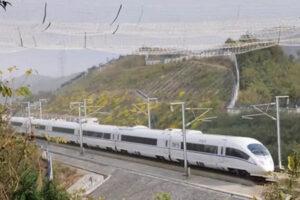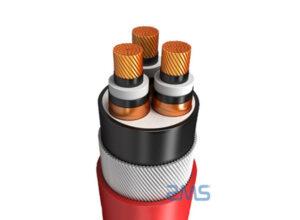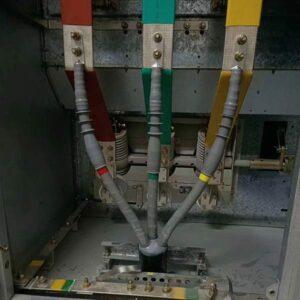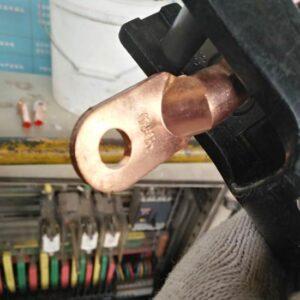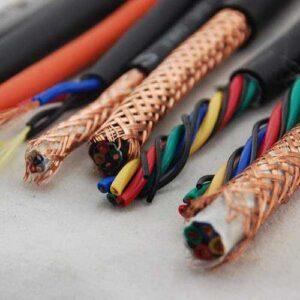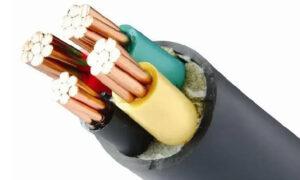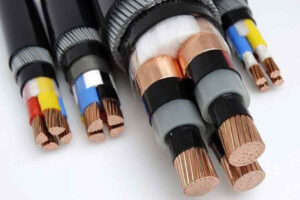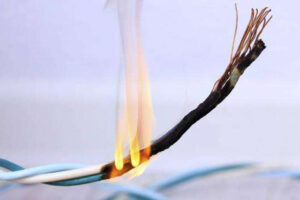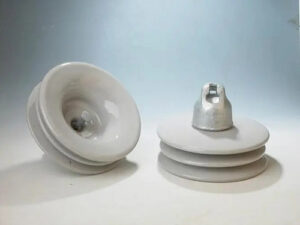With the continuous upgrading and construction of power grids and transportation infrastructure, transmission lines “three across” related issues are becoming more frequent. Such as improper handling, which will likely lead to significant public safety and grid security incidents. So for the transmission lines “three across” section, construction standards and other aspects must be strictly controlled. This paper provides a summary of this issue.
INFORMATION
Welcome to the ZMS CABLE information blog, here is the cable industry knowledge sharing and technology popularization of the professional world. In this section, we focus on cable technology, product applications, and industry knowledge, carefully crafting a series of easy-to-understand and practical content, to provide readers with authoritative technical support and comprehensive industry interpretation.
The Production Process and Selection of Cross-Linked Insulated Cables
Although there are many varieties of cross-linked insulation, they are mainly divided into two categories: physical and chemical cross-linking. The quality of the insulation is identical, so in the national standard GBl2706-91, there is no distinction between the cross-linking methods used.
Cross-linked insulation has been dominant in power cables, replacing oil-paper insulation, and gradually replacing PVC plastic insulation. Although there are many varieties of cross-linked insulation, it is mainly divided into two categories: physical and chemical cross-linking, and its insulation quality is completely consistent. Therefore, in the national standard GBl2706-91, no distinction is made as to which cross-linking method is used.
Is It Necessary To Use An Aluminum Alloy Cable With Special Cable Terminal Blocks For An Aluminum Alloy?
With the development of the cable industry, the advantages of copper-core cable are more. Copper-core cables occupy an absolute advantage over aluminum-core cables in the cable market. However, the high price of copper-core cable also caused an increase in production costs, and also bad construction. The aluminum-core cable as a cable industry “foreign army” emerged, in the market’s favor.
Standards For Cable and Terminal Lug Crimping Specifications
I. Remove Metal Stains, Get A Clean Cable Terminal Lug
Removing metal stains prior to cable connection is an important prerequisite for ensuring cable lug quality.
- Remove metal residues from the conductor surface by wiping.
- Inspect the conductor connection section and remove any visible oxides.
- Ensure that the conductor surface is free of metal residues, otherwise, conductor corrosion in the contact area will occur.
- Ensure that the decontamination of all components has been completed.
What is The Purpose of Low-Voltage Shielded Cables? And The Way to Prevent Damage to Shielded Cables?
What is The Purpose of Low-voltage Shielded Cables?
A shielded cable is a transmission line that uses a metal mesh braid to encase the signal line. The braiding layer is usually red copper or tinned copper. The wire and cable industry is the second-largest industry in China, after the automobile industry. The product variety satisfaction rate and domestic market share are over 90%. In the world, China’s total wire and cable output value has surpassed that of the United States, becoming the world’s largest wire and cable producer. Along with the rapid development of China’s wire and cable industry, the number of new enterprises has been rising, and the overall technical level of the industry has been significantly improved.
Is Low Smoke Halogen-Free and Environmentally Friendly Cable The Same? What Is The Difference?
Environmentally friendly cables are those that do not produce toxic and harmful substances before, during, and after use. For example, it does not contain heavy metals such as lead, cadmium, hexavalent chromium, and mercury, and does not contain brominated flame retardants. The environmental performance test by SGS recognized testing agency, in line with the EU environmental protection directive and higher than its index requirements. No harmful halogen gas, no corrosive gas, less fever when burning, no soil pollution of wire and cable.
Introduction to Cross-Linked Polyethylene(XLPE) Insulated Power Cables
Cross-linked polyethylene(XLPE) insulated power cables are a common category of cables used in civil engineering, including normal, flame retardant, fire-resistant, and halogen-free low smoke flame retardant. Cross-linked polyethylene insulated power cables are resistant to environmental stress. It also has the characteristics of high mechanical strength, chemical resistance, excellent electrical performance, simple structure, lightweight, and easy to use.
Fuse The Main Classification
Fuses can be divided into high-voltage fuses and low-voltage fuses according to the voltage used. According to the protection object can be divided into fuses for protecting transformers and general electrical equipment, fuses for protecting voltage transformers, fuses for protecting power capacitors, fuses for protecting semiconductor components, fuses for protecting electric motors, and fuses for protecting household appliances, etc. The structure can be divided into open type, semi-enclosed type, tube type, and spray type fuse.
What are The Applicable Occasions and Selection Requirements for Flame Retardant Cables?
The flame-retardant nature of the cable in the case of multiple dense configurations should be by the “burning test method for bundled wires and cables”. As well as the cable configuration, the need to prevent catastrophic accidents and economic and reasonable principles, to meet the requirements of the appropriate category.
Main Defects and Causes of Porcelain Insulators for Overhead Lines
Among the electrical insulators used in overhead lines, porcelain insulators still occupy 1/3 share. It often appears in the operation of the defective fault including zero value, broken string, rust, etc. Once the above problems occur will seriously affect the line safety, today to talk about the causes of the above problems and countermeasures.

